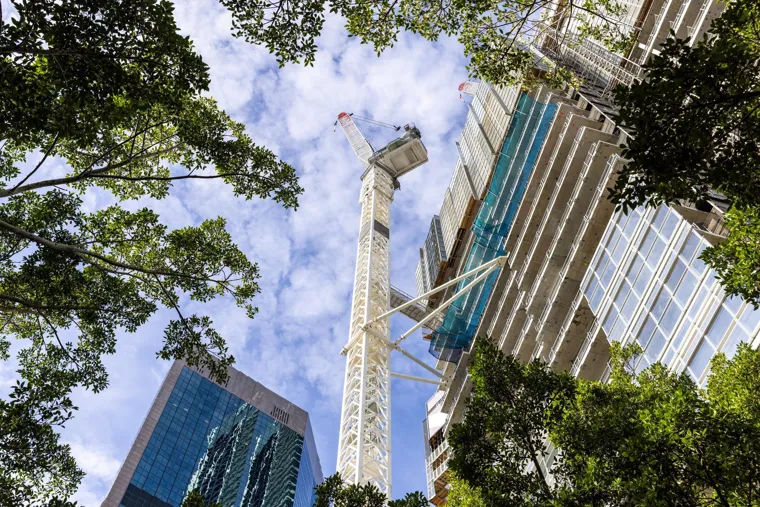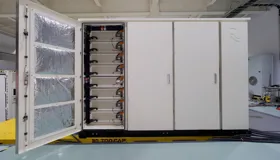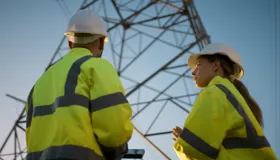$64 billion in building materials at risk of going to waste, GBCA report reveals

The Green Building Council of Australia (GBCA) report, Australia’s waste[d] Opportunity, calls for urgent action to revalue the materials and resources we use to design and build. The report, funded by the CEFC, found that increasing circularity through reusing materials and recovering more value from materials that are going to waste can reduce landfill and waste and help the property sector cut costs and emissions.
Reducing material waste is a win for Australia’s circular economy. By rethinking material selection, increasing circularity and reusing materials, we can reduce emissions, save money, and build stronger supply chains. These benchmarks help the industry make better decisions – backed by data, not guesswork.Michael Di RussoCEFC Head of Property
GBCA media release
26 June 2025
Australia is on track to waste up to $64 billion in construction materials over the next five years unless urgent action is taken to improve how we design, build and recover resources across the property sector.
A new report, Australia’s waste[d] Opportunity 2025, has revealed that the average building project wastes 141 kilograms of material per square metre – the equivalent of a fully stocked fridge for every square metre constructed.
The report, developed by Coreo in partnership with the Green Building Council of Australia (GBCA), and funded by the Clean Energy Finance Corporation (CEFC) and the Bradfield Development Authority, sets Australia’s first national benchmarks for construction and fitout waste. It also provides a clear action plan to help industry cut costs, reduce emissions and recover more value from materials.
While 83% of projects reported landfill diversion rates over 90%, the report found that actual recovery rates for materials like plastic were as low as 14%, and 22% of materials used to construct a typical apartment never make it into the final building – costing owners an estimated $52,000 per apartment.
“The materials we waste on construction sites represent more than just environmental loss – they’re lost economic value, lost emissions reductions, and lost opportunities to do better,” said Jorge Chapa, GBCA Chief Impact Officer.
“Green Star projects have led the industry in transparency, but this data shows that even high-performing developments are being held back by inconsistent reporting and broken waste systems. It’s time to shift from measuring what’s diverted from landfill to tracking where materials actually go – and how much we’re losing along the way.”
Many of the most commonly wasted materials are high cost and high impact. The report found that concrete, masonry and tiles account for the largest volume of discarded material, followed by excavated soil, timber offcuts, metals and plasterboard.
These are typically over ordered, mishandled or discarded during installation – highlighting a big opportunity to recover value through better planning and procurement.
Coreo CEO, Ashleigh Morris says “This is a tools-down moment for the sector.” “We need to apply circular principles to fundamentally rethink what we consider 'waste.' When we cut a length of timber and discard the remainder, we're not just losing materials - we're throwing away profit margins.”
To support the transition to smarter material use, the report includes:
- National benchmarks for material waste per square metre for new builds and fitouts.
- A new Leadership Challenge under Green Star to reward projects that avoid waste altogether.
- Mandatory waste reporting requirements for all Green Star Buildings projects from 2027.
- Freely available templates and tools to help project teams measure, track and report material flows with greater accuracy.
- Practical guidance for improving design, procurement and recovery across the building lifecycle.




